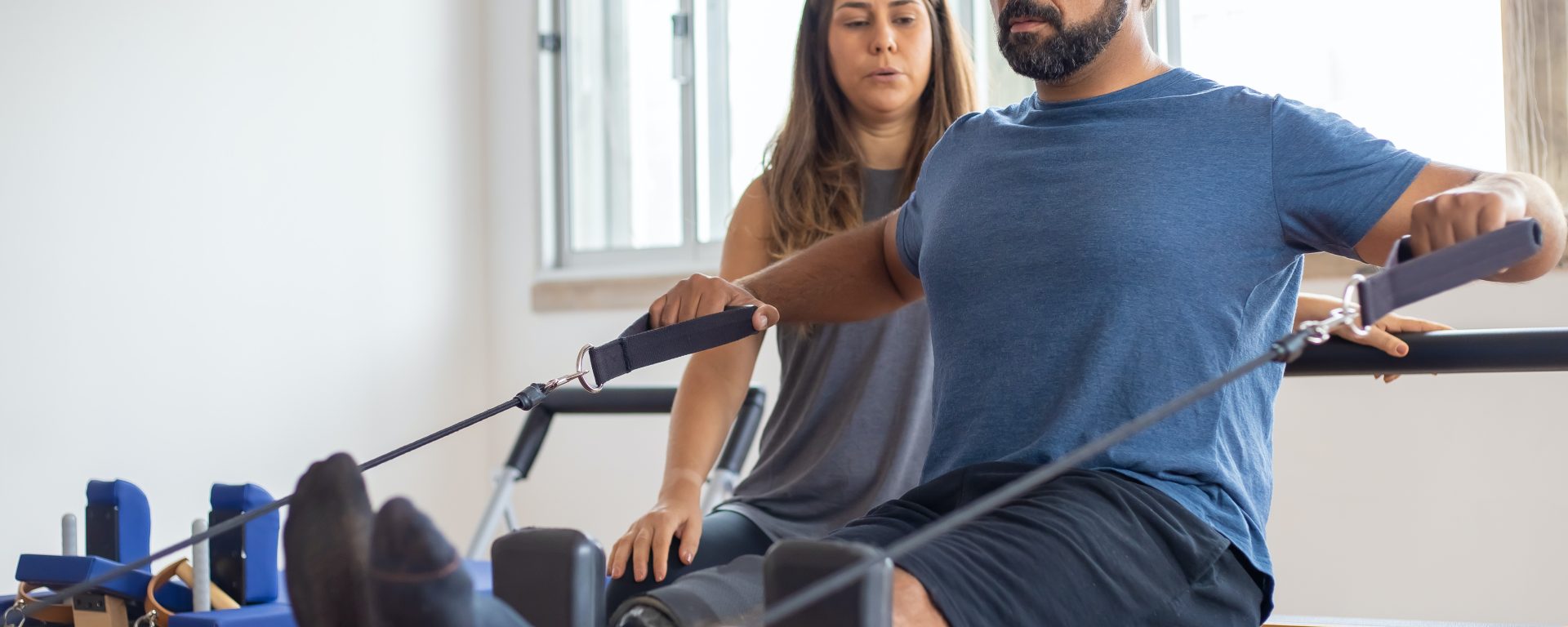In 2006, Neumayr, et. al., conducted study about osteonecrosis. Osteonecrosis of the femoral head is a common complication among individuals with sickle cell disease, often leading to femoral head collapse within five years of diagnosis. The effectiveness of hip core decompression as a preventive measure against osteonecrosis progression in these patients remains a topic of debate.
In a comprehensive multicenter study, researchers aimed to assess the safety and outcomes of hip core decompression, comparing it with physical therapy alone for managing femoral head osteonecrosis in sickle cell disease patients. The study enrolled forty-six patients (representing forty-six hips) with sickle cell disease and Steinberg Stage-I, II, or III osteonecrosis. Patients were randomly assigned to one of two treatment groups: (1) hip core decompression followed by a physical therapy regimen, or (2) a physical therapy regimen without decompression. Ultimately, thirty-eight patients successfully completed the study, as eight withdrew during the course of the research.
Seventeen patients (seventeen hips) underwent hip core decompression alongside physical therapy without experiencing any complications during the surgery or immediate postoperative phase. Meanwhile, twenty-one patients (twenty-one hips) solely received physical therapy. Following an average of three years since treatment initiation, the survival rate of hips was 82% in the decompression and physical therapy group, and 86% in the physical therapy alone group. Utilizing a modified Harris hip score, patients in the decompression and physical therapy group demonstrated a mean clinical improvement of 18.1 points, while those in the physical therapy-only group showed an improvement of 15.7 points. However, statistical analysis did not reveal significant differences between the two groups with the current sample size.
In a randomized prospective investigation, it was observed that, at an average of three years post-treatment, physical therapy alone exhibited comparable efficacy to hip core decompression followed by physical therapy. Both approaches demonstrated notable improvements in hip function and the postponement of additional surgical interventions. This study suggests that, within the scope of the study period, physical therapy alone may be a viable treatment option for enhancing hip function and delaying further surgical procedures in sickle cell disease patients with femoral head osteonecrosis.
This study contributes to the ongoing discourse surrounding the optimal management of femoral head osteonecrosis in sickle cell disease patients and provides insights into the potential effectiveness of non-invasive approaches in their treatment. Further research with larger cohorts and extended follow-up durations may shed more light on the long-term comparative outcomes of these treatment modalities.
Reference: Neumayr, L. D., Aguilar, C., Earles, A. N., Jergesen, H. E., Haberkern, C. M., Kammen, B. F., & National Osteonecrosis Trial in Sickle Cell Anemia Study Group. (2006). Physical therapy alone compared with core decompression and physical therapy for femoral head osteonecrosis in sickle cell disease: results of a multicenter study at a mean of three years after treatment. JBJS, 88(12), 2573-2582.
